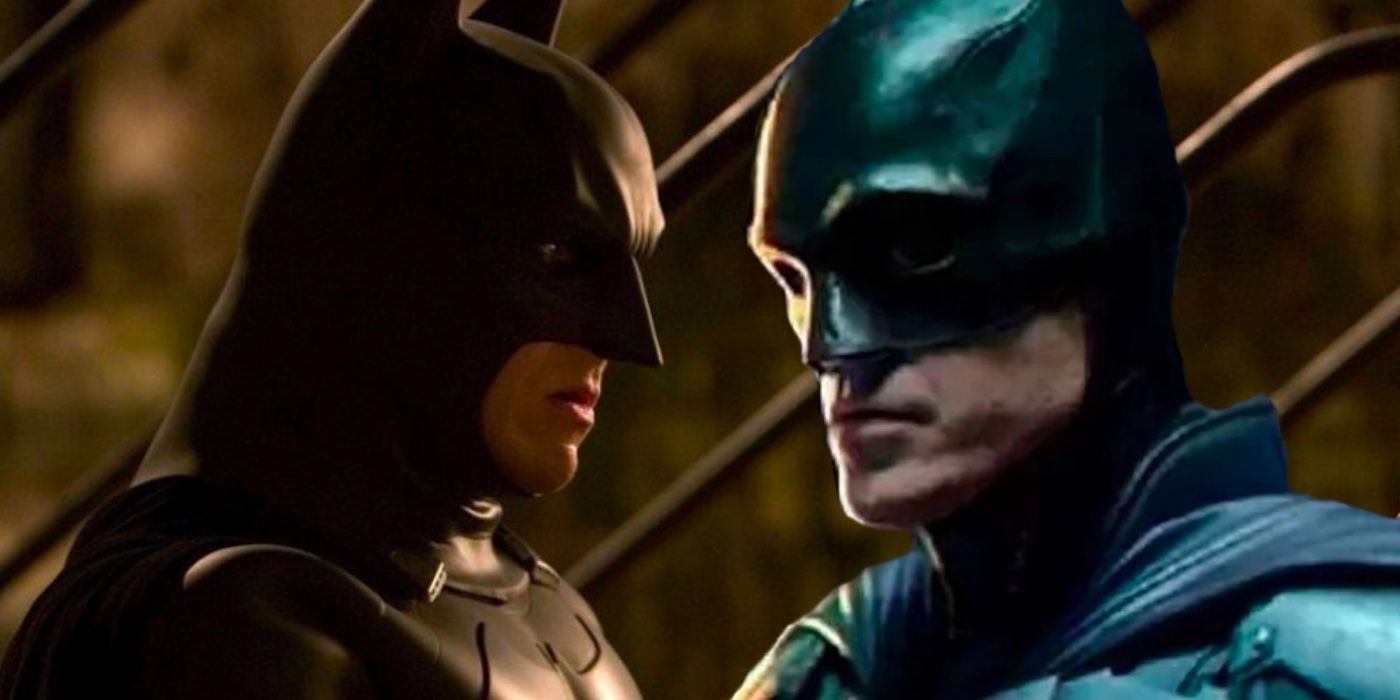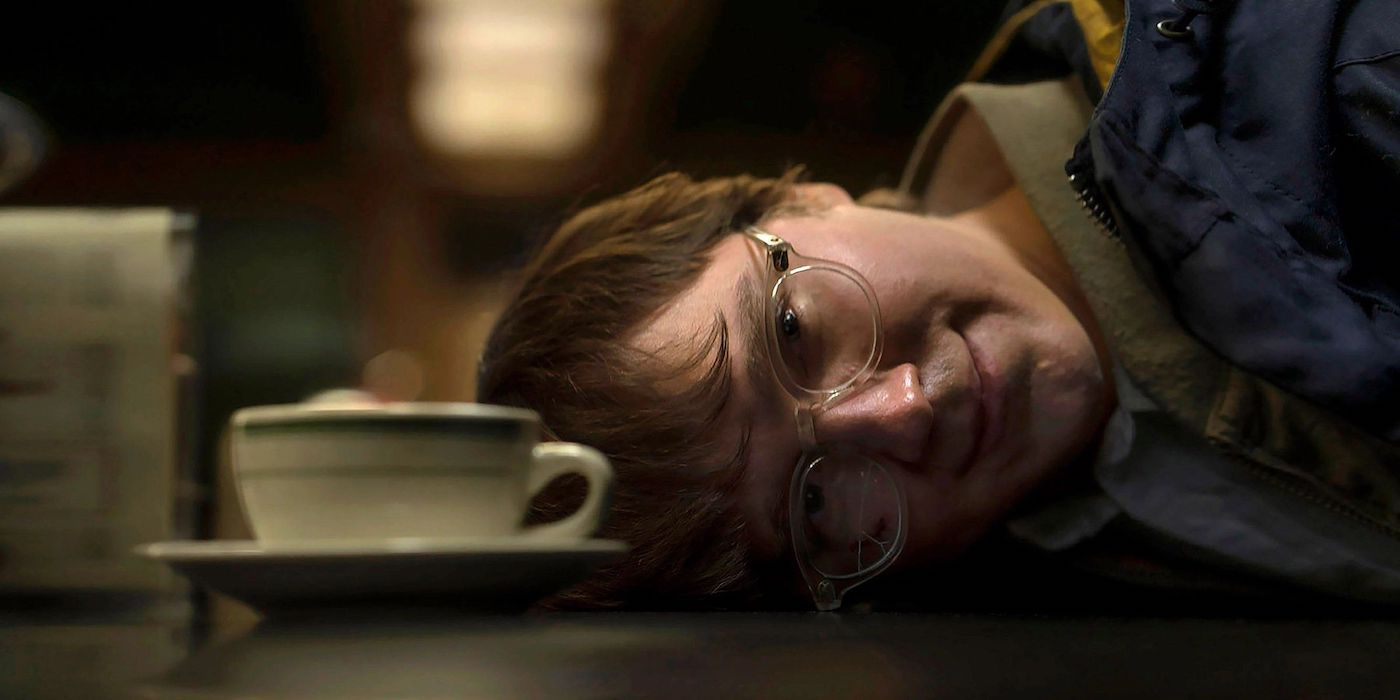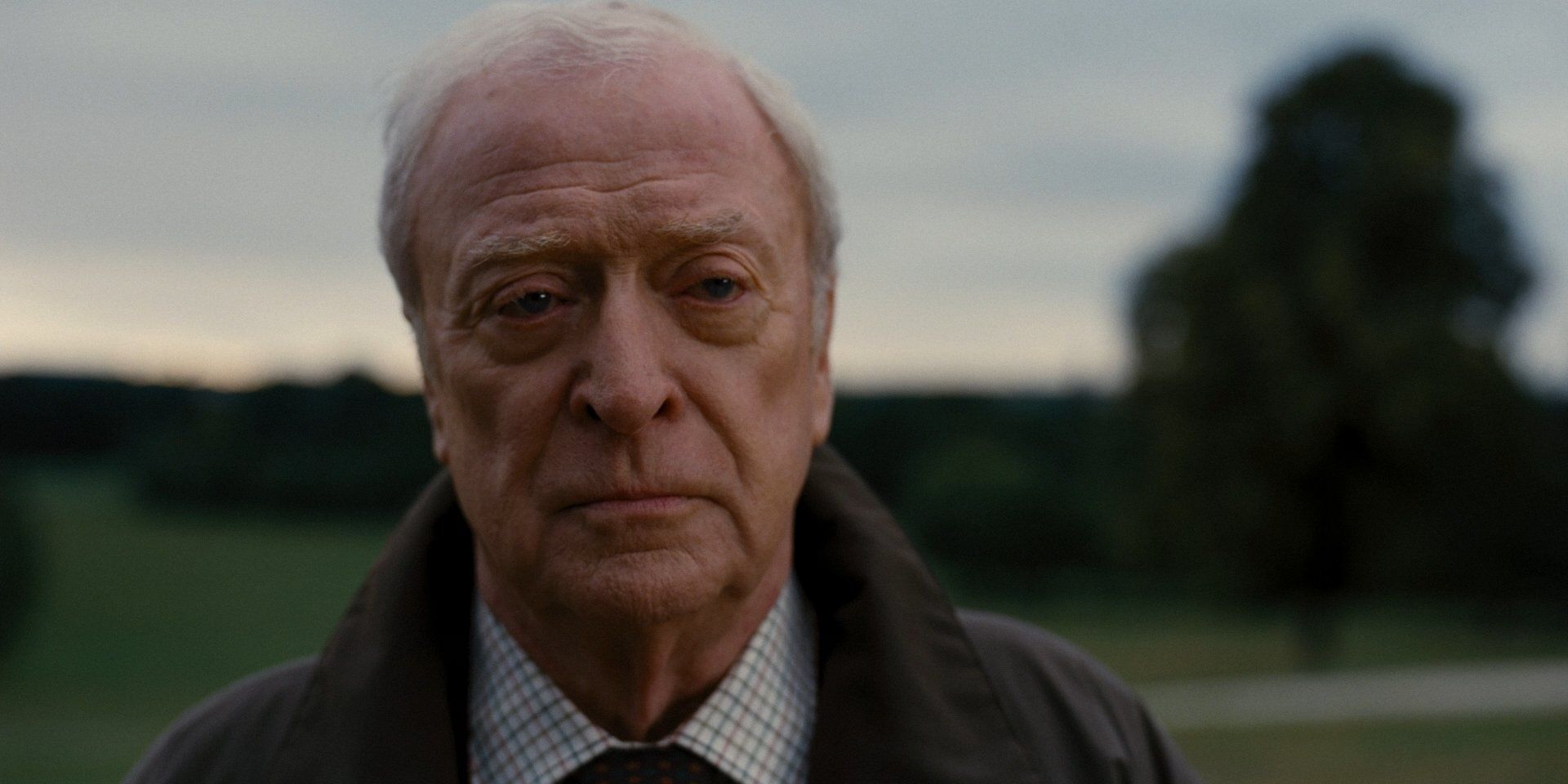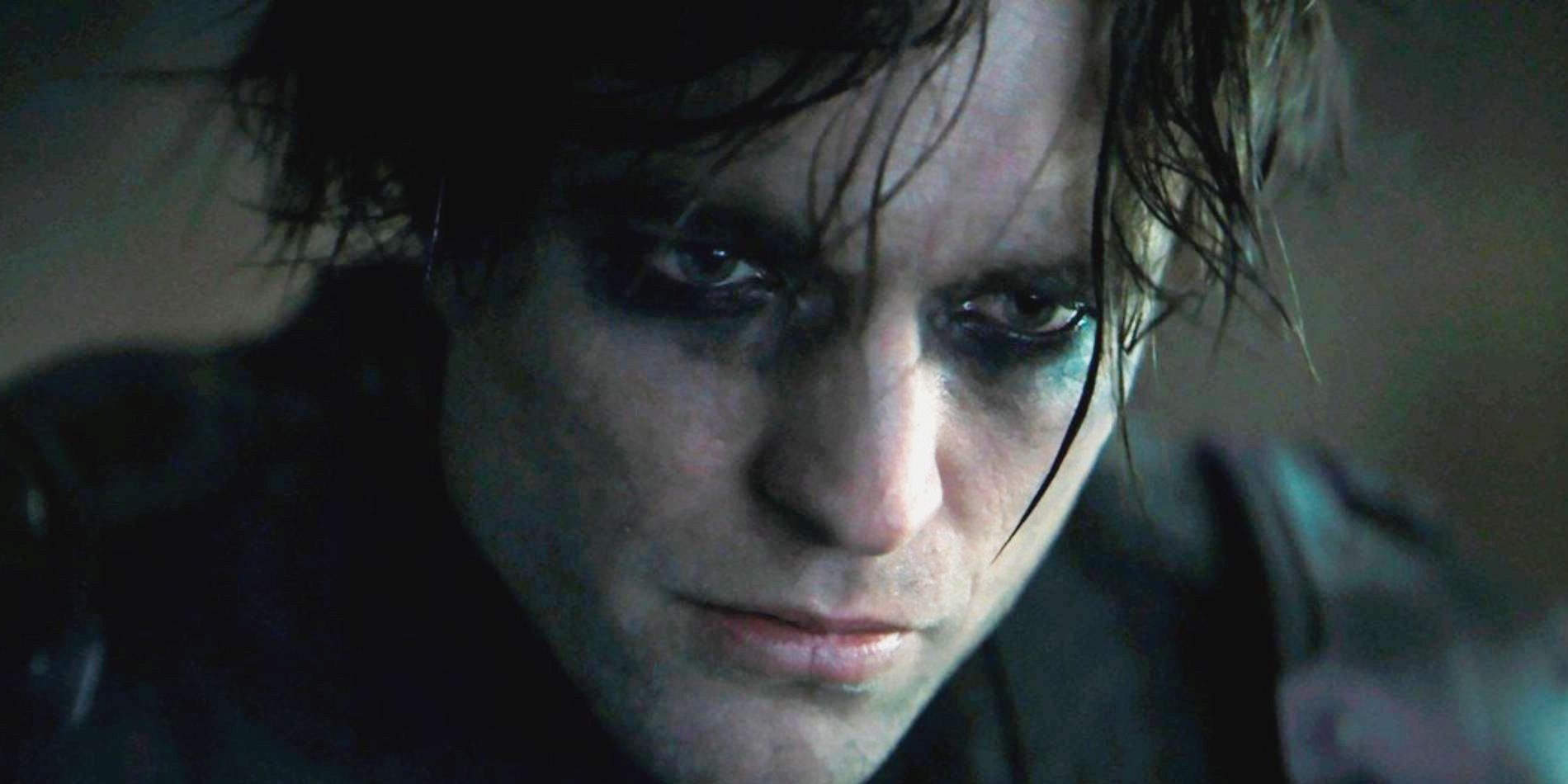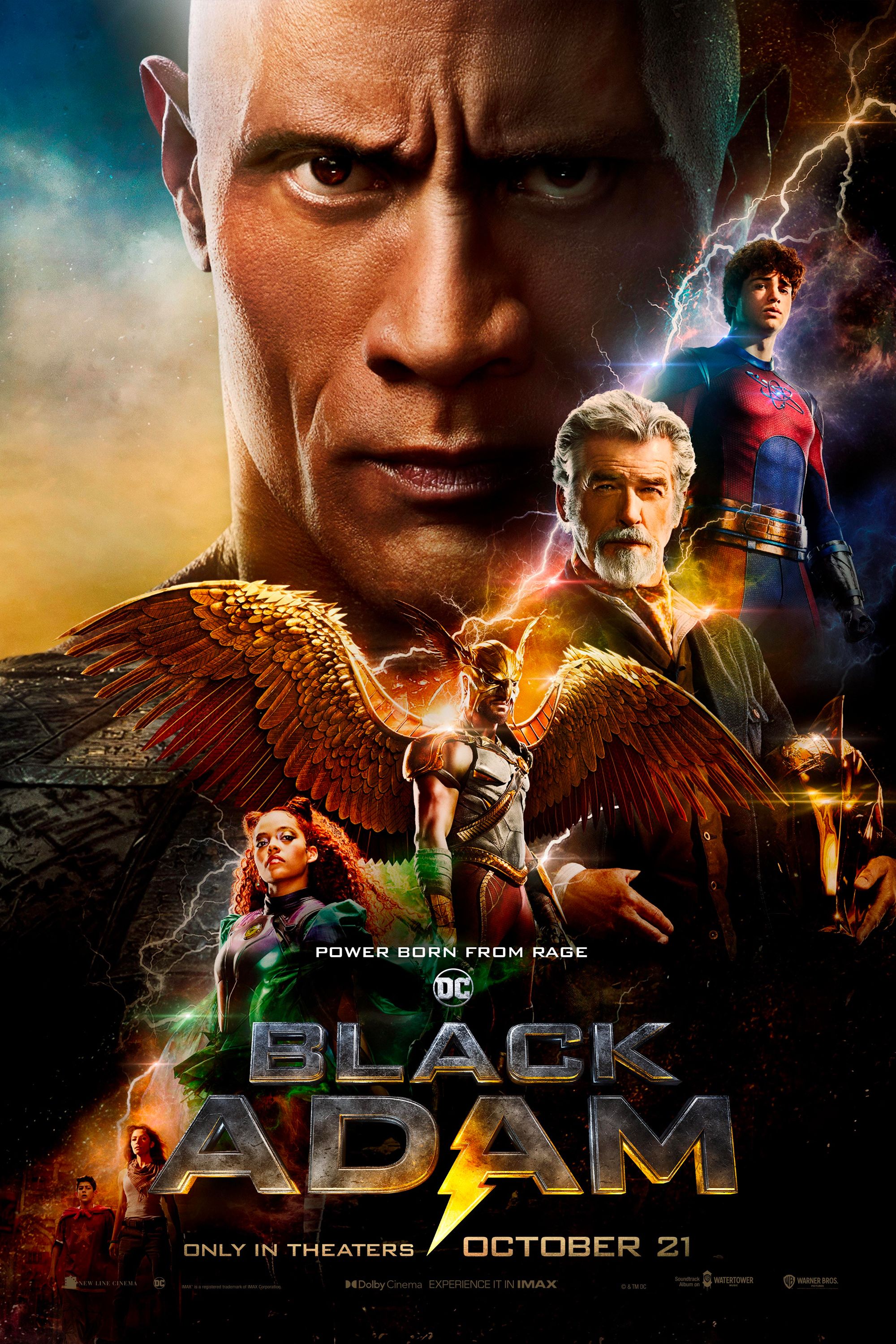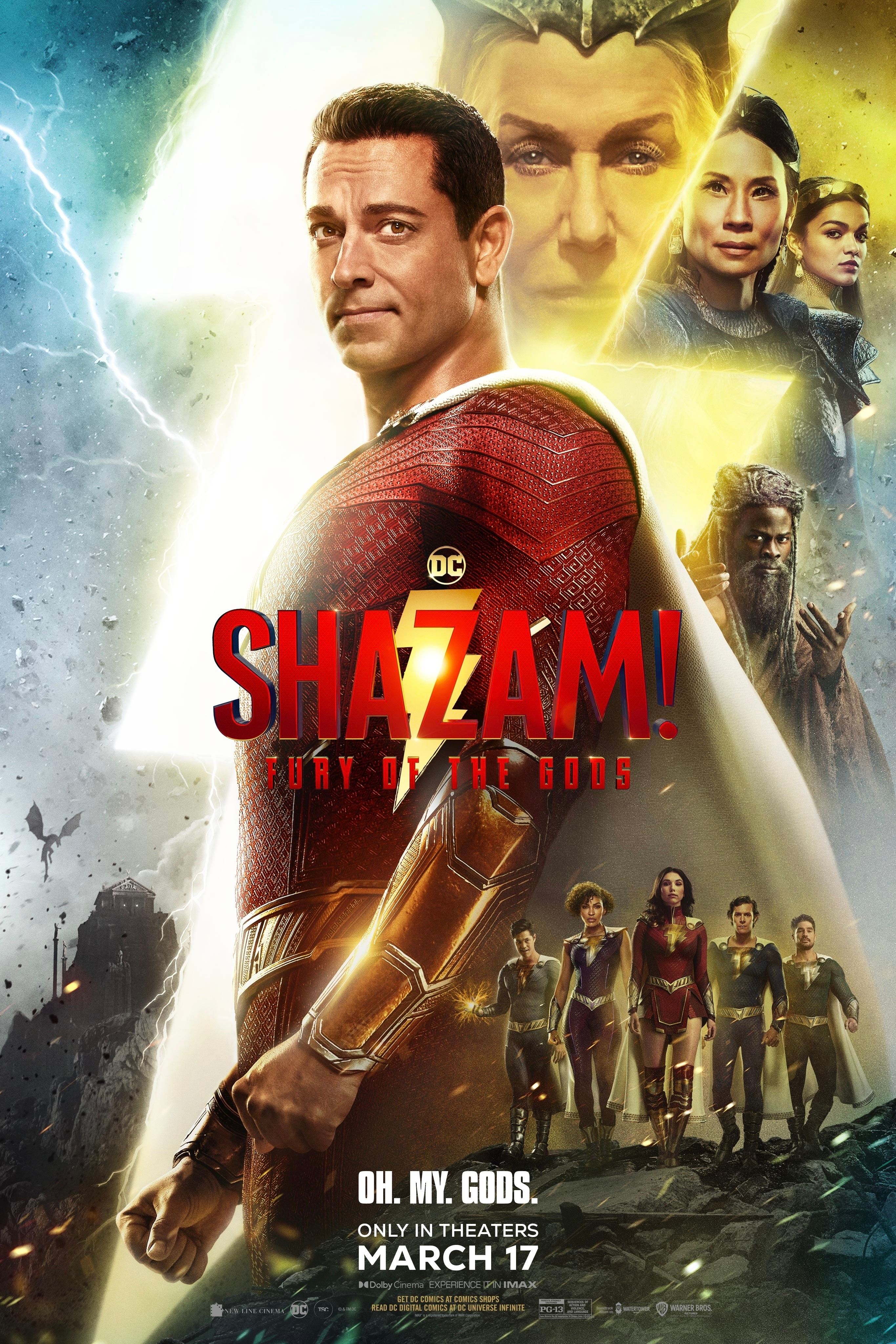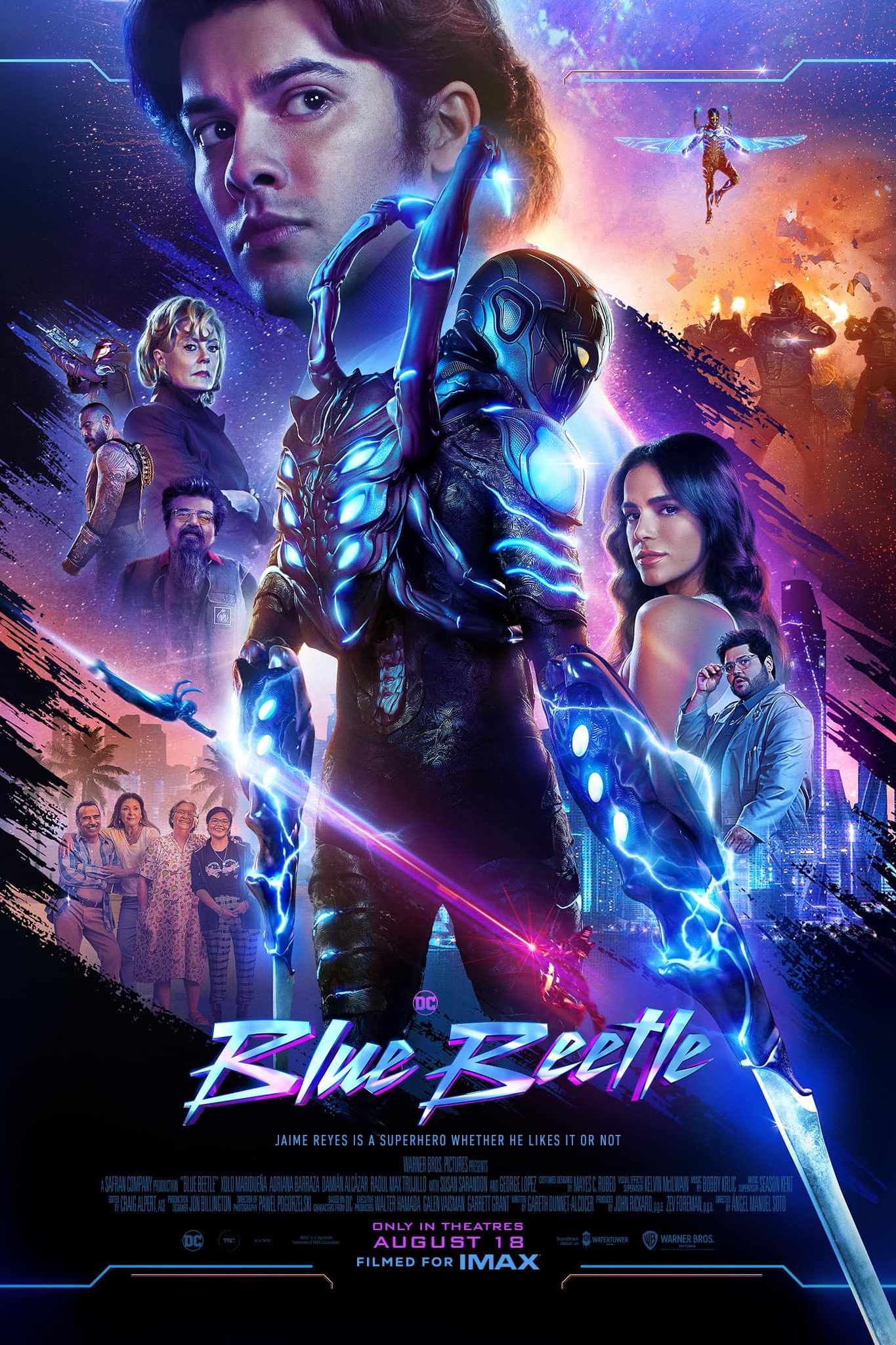Warning: SPOILERS for The Batman.
Matt Reeves' The Batman has received rave reviews, and it was all thanks to its use of a simple-yet-effective screenwriting trick. Matt Reeves' film redefined the Batman legacy and was compared to Christopher Nolan's The Dark Knight for how it handles the superhero's story in a mature way. However, there are several key differences between the two movies, and the way their scripts handle dialogue and exposition is a key point.
The Batman is the debut of Robert Pattinson's take on Bruce Wayne, and gives Bruce a well-needed character arc, whereas prior films had seen him instantly become a completely competent hero within the space of one movie. The Batman presents a much angrier Bruce Wayne, who even seems to resent the presence of his confidante and father figure, Alfred. Ultimately, Bruce discovers that his father was involved with Carmine Falcone and the mob, and he manages to make amends with Alfred. The movie concludes with Bruce realizing the need to become something more than a brutal vigilante, and that the people of Gotham need a hero.
Bruce Wayne's character arc is handled fantastically in The Batman, as audiences are given a new side to the hero never really explored before in the many film adaptations of the Batman comics. Additionally, viewers are dropped straight into the world of Reeves' Gotham without any build-up or origin story for Batman. Much like how Spider-Man: Homecoming decided against showing Peter Parker being bitten by the spider and Uncle Ben's murder, Reeves decided not to show Bruce Wayne's parents being killed in Crime Alley. The result is a slick script that gets into the action straight away, giving equal attention to Batman and the Riddler. This excellent way of storytelling all comes down to one screenwriting tool: "show, don't tell."
How The Batman Uses "Show, Don't Tell"
Screenwriting textbooks constantly deride movies that use lengthy exposition to tell their stories, rather than allowing the audience to come to the same conclusion through observing a character's actions. The screenwriting rule of "show, don't tell" has become commonplace in writers' rooms, as filmmakers are urged to have faith in their audiences and craft stories that demonstrate the themes and story of the movie without spelling it out. Matt Reeves and co-writer Peter Craig clearly took note of what didn't work in other Hollywood movies and made sure to avoid clunky, exposition-heavy scenes in The Batman.
The Batman has a lot of story to tell, balancing the Riddler, Catwoman, Gordon, Bruce, and even the Joker. However, Reeves and Craig used the film's three-hour runtime to their advantage, crafting a script that takes its time and slowly feeds the audience clues about where the story is going. This was even more important than in previous films, as The Batman sells itself as a mystery that invites audiences to discover who the Riddler is and why he is attacking Gotham, just as Commissioner Gordon and Batman do. Reeves and Craig seldom use long monologues to deliver the movie's themes and only employ them when it's absolutely necessary, such as when Catwoman reveals herself as Falcone's daughter towards the film's climax.
The Batman Doesn't Need The Dark Knight's Lengthy Monologues
Though The Dark Knight has been hailed as one of the greatest movies ever made, it is not without its flaws. Christopher Nolan and his co-writer (and brother), Jonathan Nolan, deliver a dark story about the nature of heroes and villains in an almost seamless way. However, the delivery of this theme comes off a little clunky at times, as The Dark Knight relies on many lengthy monologues with metaphors that parallel Batman's role as Gotham's protector, the Joker's anarchistic nature, and Harvey Dent's eventual fall from grace. While it's an iconic line of dialogue in The Dark Knight, the fact that the characters outright say "you either die a hero, or you live long enough to become the villain," essentially telling the audience the main theme of the film, is a little on the nose.
In contrast, The Batman doesn't rely on pages of dialogue to tell an effective story with a compelling theme. Batman is clearly shown to be in a bad place, as is evidenced by his lack of self-care, his scruffy outfits, and his attitude towards Alfred. Though he and Alfred have a sentimental conversation towards the end of the film's second act, the dialogue is used sparingly and is therefore far more effective than it is in The Dark Knight. Furthermore, when Batman rescues Gotham's civilians and leads them out of the destruction of the Gotham Square Garden arena, the scene is incredibly effective in showing the audience how he has evolved. If Bruce had simply sat down with Alfred and explained that he needs to become more than a vigilante, but a symbol, as he does in Christopher Nolan's first Dark Knight movie, Batman Begins, the theme of The Batman would have been far less powerful than it is.
Why The Batman Has The Best Batman Script Yet
The Batman does what no other Batman film before it had done. It delivers a complex and adult superhero story with a compelling message without relying on characters outright stating the message of the movie. While Tim Burton's Batman may have the most comic-accurate vision of Gotham City and The Dark Knight has Heath Ledger's Joker, the best villain in the franchise's history, Matt Reeves delivers the best Batman story with a script that is both slick and compelling. The Batman may not be a perfect movie, and its three-hour runtime can certainly be seen as excessive, but it features a story that is consistently interesting, as it keeps the film audience working things out along with Bruce Wayne and Commissioner Gordon.
The Batman never explains the reasons for the Riddler's actions outright, but rather it gives the audience just enough information to keep them guessing before the ending reveal. Similarly, it delivers the best version of Bruce Wayne by showing his evolution throughout the course of the film, rather than telling the audience about it, as The Dark Knight does. Benefitting from using the screenwriting rule of "show, don't tell," The Batman's overwhelmingly positive critical response demonstrates that.

